1. Step Four: Installing WordPress and Choosing Your Theme
1.1. Once WordPress is installed, and the process will vary depending on your host and user interface, then you'll want to choose your theme. This is important as it will facilitate navigation and help set the tone for your blog. There are a number of paid and free themes to choose from. Consider the following when making your decision:
1.1.1. It should be easy to customize
1.1.2. It should be plug-in friendly
1.1.3. It should be well designed and match the design elements you're looking for. For example, three columns versus two columns and so on.
1.1.4. Widget ready
1.1.5. Suitable to the most recent version of WordPress
1.1.6. Advertising ready
1.1.7. AdSense ready
1.1.8. Cross browser compatible - meaning it can be viewed on Firefox, Internet Explorer and so on.
2. Step Five: Installing Your Theme and Adjusting Your Settings
2.1. It’s important to customize your blog settings. You're simply going to get into your WordPress "Settings" and make adjustments that best fit your needs. Consider the following settings for your blog:
2.1.1. General Settings can include:
2.1.1.1. Site title
2.1.1.2. Tagline
2.1.1.3. WordPress URL
2.1.1.4. Site URL
2.1.2. Writing settings can include:
2.1.2.1. Update Services. For example Pingomatic
2.1.3. Reading settings can include:
2.1.3.1. Blog pages to show at the most
2.1.3.2. Full text or summary in a feed
2.1.4. Discussion settings can include:
2.1.4.1. Comments display
2.1.4.2. Notifications including trackbacks and pingbacks
2.1.4.3. Comment moderation settings.
2.1.5. Permalinks settings. Choose how you want your links to look to others.
3. Step Six: Plug-ins and Posting
3.1. Plug-ins are handy little programs that help you customize your blog to fit your needs and those of your audience. Here are some popular and useful plug-ins to consider:
3.1.1. Askimet
3.1.2. Evermore
3.1.3. All in One SEO Pack
3.1.4. Feedburner Feedsmith
3.1.5. Google XML Sitemaps
3.1.6. Sociable
3.2. Posting your first blog post and creating pages are your final step. This is where you'll spend the majority of your time once your blog is up and ready to go. Your posts can be:
3.2.1. Edited
3.2.2. Saved as drafts
3.2.3. Graphics and/or video
3.2.4. Tagged
3.2.5. Scheduled
3.2.6. And of course published as soon as they're written.
3.3. Pages are different from posts in that they're static. They're not organized chronologically. Your pages might include:
3.3.1. About Me/Us Page
3.3.2. Contact Page
3.3.3. Advertise with us info
3.3.4. Media page
3.4. Widgets are another way to customize your blog. They're essentially sidebars that appear in your blog. They change your appearance and can add features. For example, you can add a Weatherbug widget to show your visitors what the weather is like outside.
4. Step One: Choosing a Domain & Buying It
4.1. Your domain name is going to be one of the most central keys to your online business success. Your domain name can either be keyword-based or buzz-based. Make sure your domain name is: 1. Short enough to be catchy (no more than three words together) 2. Easy to remember 3. Unique but niche-specific
4.2. There are two key components of making your domain a reality: 1. Domain registration 2. Setting up web hosting (the place where your new blog is going to live)
4.2.1. You have a choice: register your domain with your host or register them separately. It’s easier to register your domain with your host but it can be more expensive if you plan on creating more than one website or blog.
5. Step Two: Buying Hosting
5.1. There are many different types of web hosting companies suited to different uses. Some are better for blogging than others. Compare hosting companies by:
5.1.1. Features
5.1.2. Bandwidth
5.1.3. Price
5.1.4. User interface/cPanel
